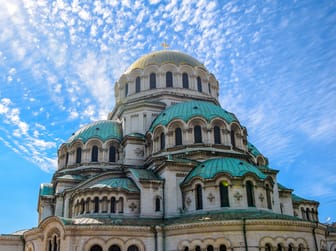St. Sofia Church

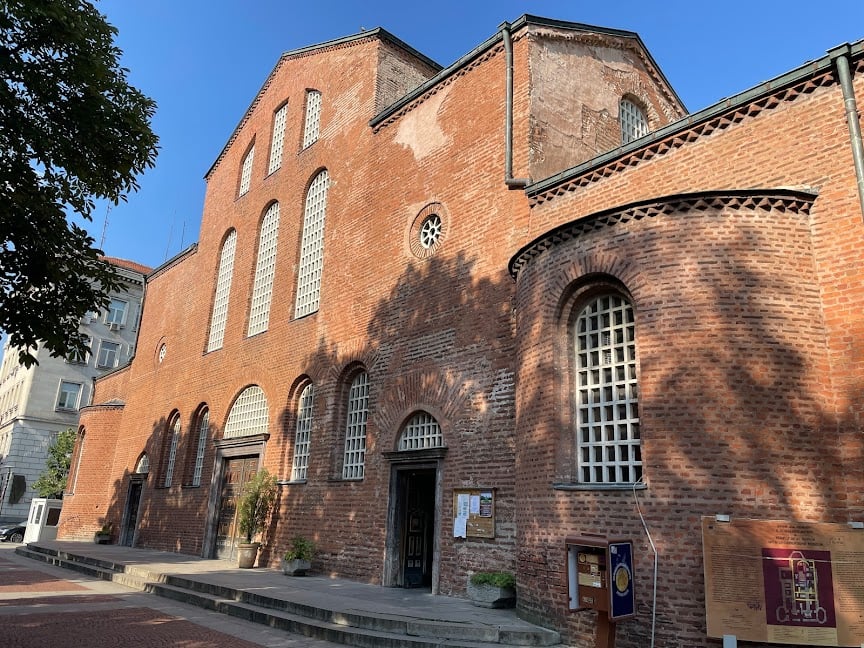
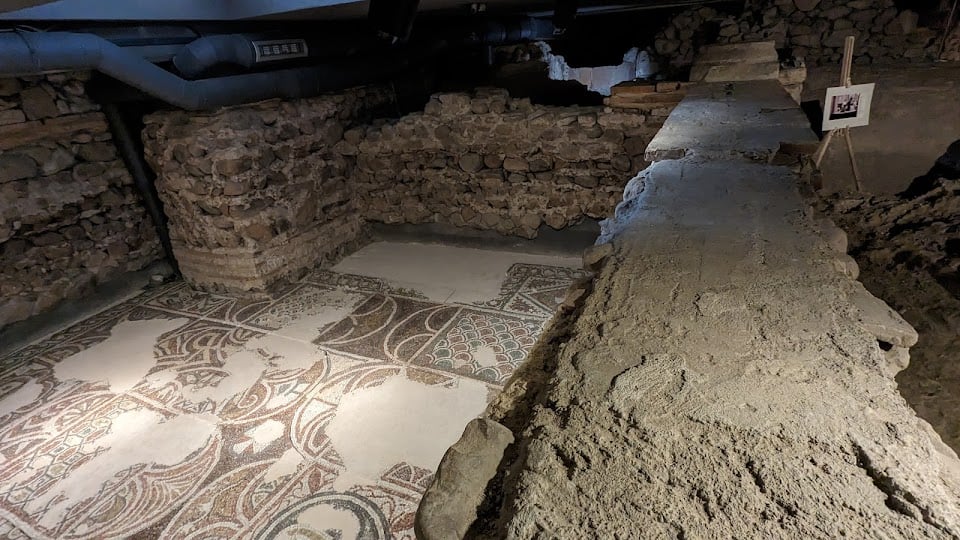
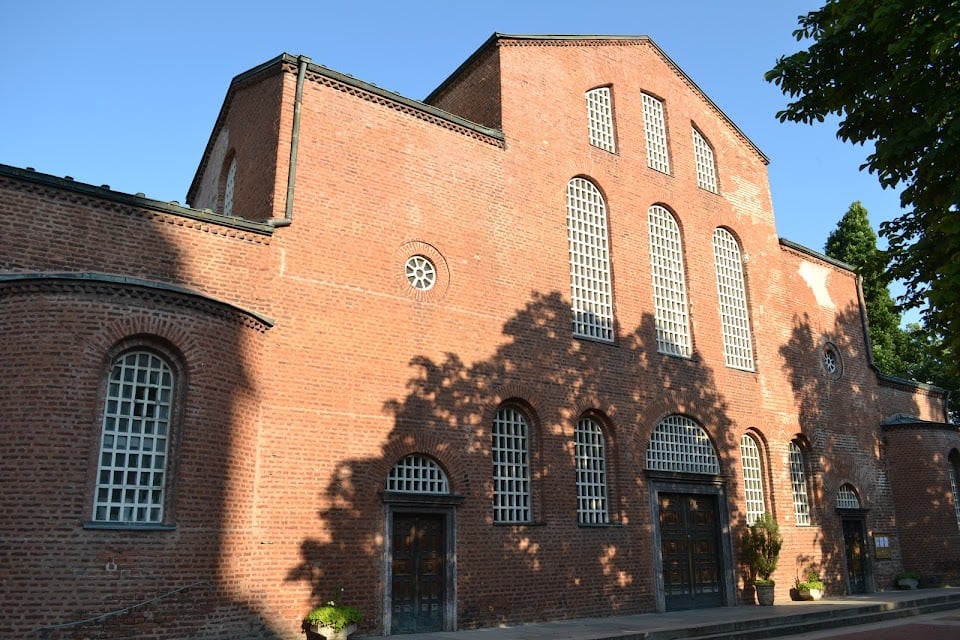
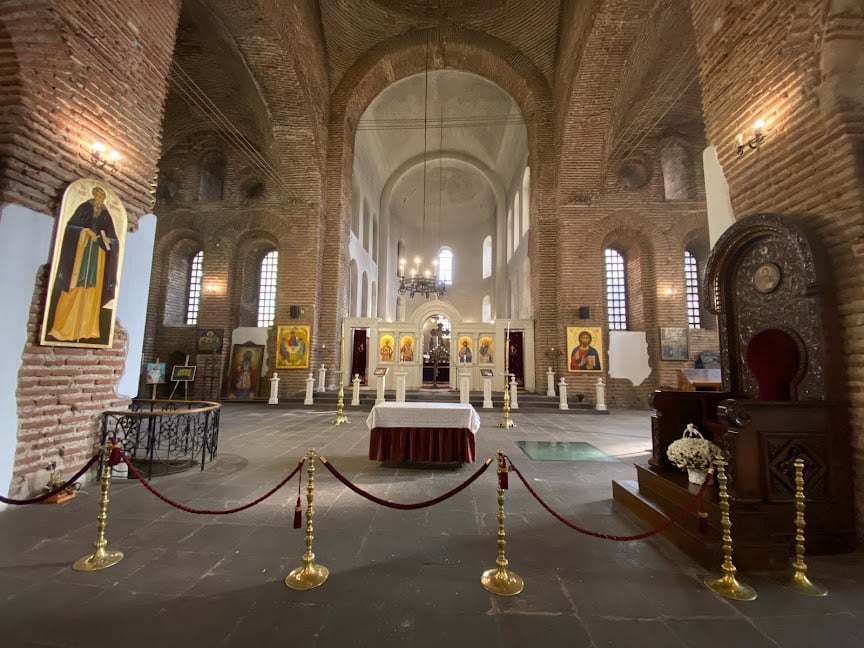
Ask ThatchGPT
Suggest a local expert to plan my trip
Suggest an unique itinerary for my Sofia trip
What foods do Sofia locals eat
What are some true hidden gems in Sofia
Help me brainstorm trip ideas for Sofia
Help me plan a family-friendly trip to Sofia
What people say
Pedro Pereira
Available for hire
"The Church of St. Sofia, located in the center of Bulgaria’s capital, is one of the city's oldest and most historically significant structures. Named after the wisdom of God, much like its famous namesake, Hagia Sophia in Constantinople, this basilica has played an important role in the city's religious and historical landscape. In fact, the city of Sofia itself derives its name from this church.
Throughout its long history, the Church of St. Sofia has seen multiple iterations. Over the centuries, several churches were constructed on its site, many of which were destroyed by invading forces such as the Goths and Huns. The current basilica, with its distinctive cross-shaped design, featuring two eastern towers and a central tower-cupola, is believed to be the fifth church built on the site. It was constructed during the reign of Byzantine Emperor Justinian in the mid-6th century (527-565), making it a contemporary of the more famous Hagia Sophia in Constantinople. During archaeological excavations, fragments of mosaics from earlier structures beneath the current church were uncovered.
The Church of St. Sofia is also likely connected to the historic Council of Serdica, which was held in the city in 343. Though this council did not accomplish its intended goals, it remains a notable event in early Christian history, particularly in the Eastern and Western branches of Christianity.
During the Second Bulgarian Empire (12th-14th centuries), the Church of St. Sofia became a metropolitan church. In the 14th century, it lent its name to the city of Sofia. However, during Ottoman rule in the 16th century, the church was converted into a mosque, with its original 12th-century frescoes being destroyed and minarets added to the structure. In the 19th century, earthquakes caused significant damage, including the destruction of one of the minarets, leading to the mosque being abandoned.
Restoration efforts on the church began after 1900, helping preserve this important religious and historical monument for future generations."
Silvia De Caro
Available for hire
"In the same square, a stone's throw from the cathedral, there is the Church of Hagia Sophia, the oldest Orthodox church in the city. It is less flashy but is very important for the inhabitants because the city takes its name from this church.
👣How to get there: reachable on foot from St.Alexander Nevsky Cathedral (220m- 1min). Metro stop: Su Sveti Kliment Ohridski, lines M1 and M4.
🎟️Ticket cost: free
On the lower floors you can visit the remains of a Roman necropolis, paying a ticket of 6.00 BNG (€3)."
Read more in:
The Baroudiz
Available for hire
"St. Sofia Church is like Sofia's architectural superstar! 🌟 Standing tall in Bulgaria, it's not just a building; it's a history-packed masterpiece. . Originally built in the 6th century during the reign of Byzantine Emperor Justinian I, the church has witnessed the transformation of Sofia, Bulgaria, and has stood resilient through various historical periods, making it one of the oldest and most enduring landmarks in the city. 🏰⛪️ "
Read more in:
Mentioned in these guides
About St. Sofia Church
Get the inside scoop on St. Sofia Church from local experts, travel creators, and tastemakers. Browse genuine trip notes, St. Sofia Church reviews, photos, travel guides, and itineraries from real travelers and plan your trip with confidence.
Phone
Save this spot for later or start mapping out a new trip today
Try our AI Travel Assistant and get instant answers to any questions about your trip.
Ask ThatchGPT

